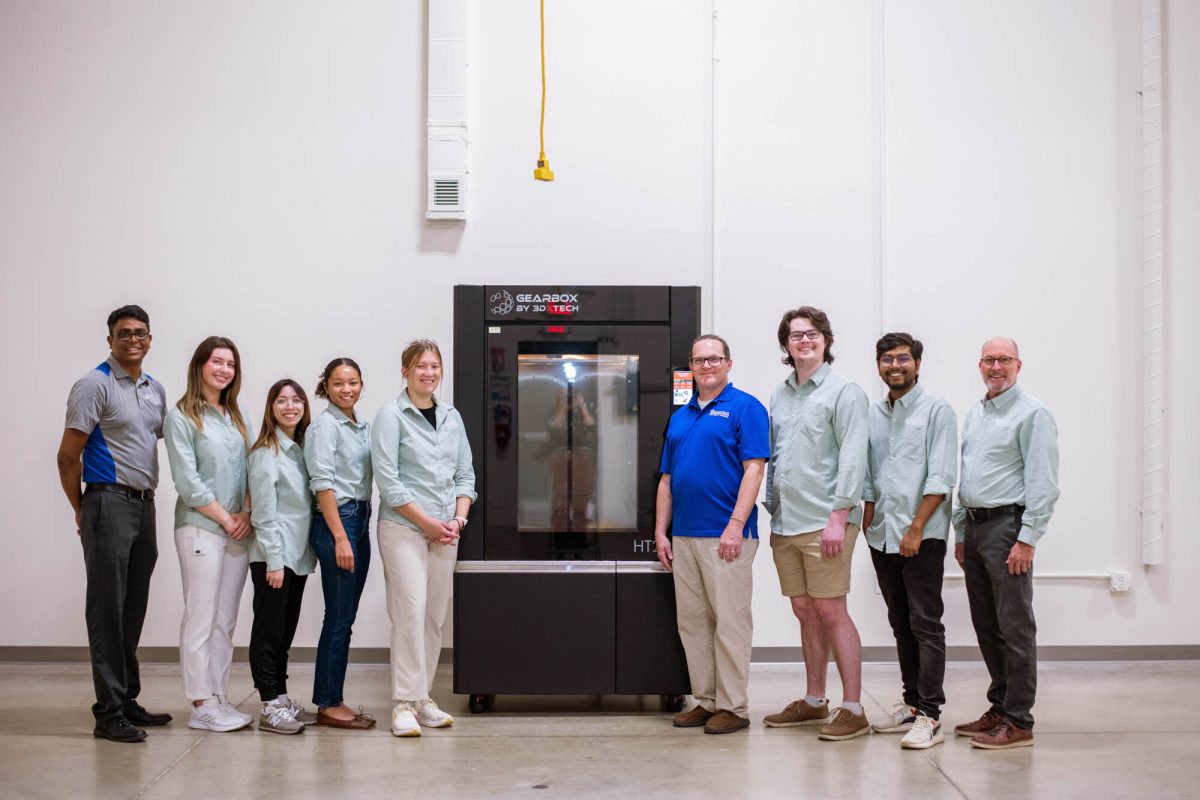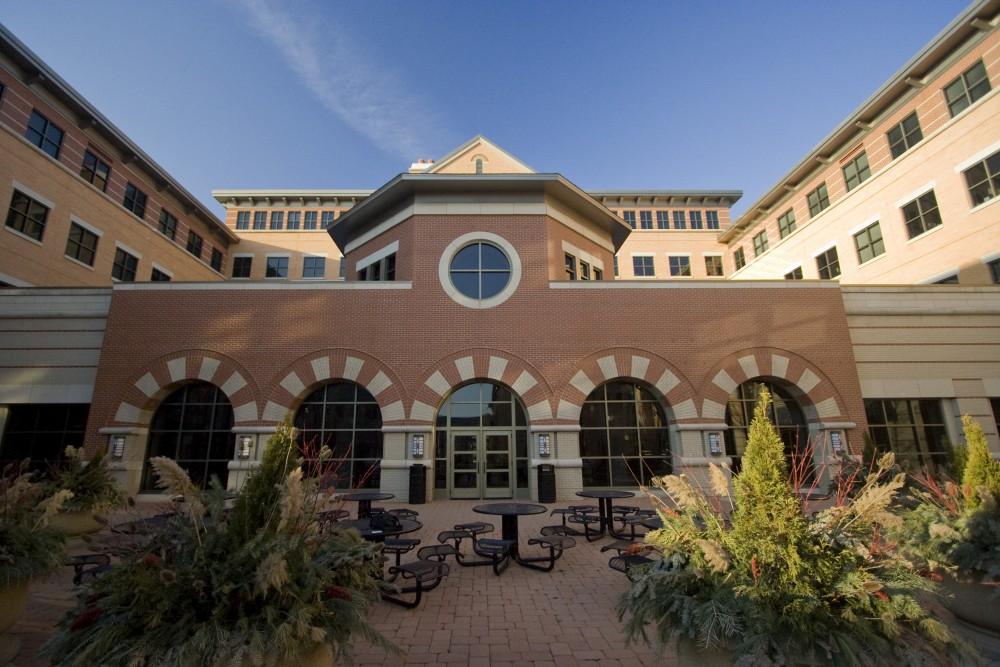The applied Medical Device Institute (aMDI), an engineering consulting organization, has been helping Grand Valley State University students gain professional, real-world experience in the engineering field since 2015. They work with experts in the community to construct novel medical devices to advance the medical field. After receiving grant money from the university, the aMDI has obtained more resources to manufacture products using top-notch engineering technology.
Originally located in the Cook-DeVos Center for Health Sciences, the aMDI will expand to a second location at the Shape Corp. Innovation Design Center. Both locations in downtown Grand Rapids will open even more opportunities for GVSU students in the School of Engineering.
“The aMDI’s role in serving our community and industry is unique,” said Brent Nowak, founding director of the aMDI. “We provide the students with the broadest range of state-of-the-art AM technologies.”
AM, or additive manufacturing, is another term for 3D printing. The use of this tool in manufacturing allows for a quicker and cleaner process on the line. Before 3D printing, many industries used subtractive manufacturing. This requires the cutting and drilling of parts to make them fit together. With additive manufacturing, or 3D printing, parts can be constructed in their finished stages. This cuts out the time required to finish them by hand.
Many materials can be used in 3D printing, depending on what a project calls for. Coppers, alloys, ceramics and biomedical materials can be used in the additive manufacturing process. These materials can be made into many different things, ranging from machine parts to implantable devices in the medical field.
Because of the broad range of materials that can be used in 3D printing, the range of objects that be made continues to expands every day. The two new printers being installed at GVSU differ in production because of the materials they use.
“In short, the Markforged system prints in metals and the 3DXTech system prints using polymer filaments,” Nowak said.
The two printers will be used as needed by community partners and students. The aMDI gives students the opportunity to work with professionals in the engineering industry and to learn under the supervision of these professionals.
Professional experience is vital in all college majors, especially in a hands-on area of study such as engineering. Organizations like the aMDI help students to make connections, familiarize themselves with current engineering practices and gain insight into their career field.
John Hall, a principal engineer and project manager at the aMDI, said access to this technology and resources creates impactful experiences for engineering students who put in work at the institute.
“Seasoned engineers and faculty experts are intimately involved in each customer project, to provide mentoring and guidance for the student engineering project teams,” Hall said. “Students will benefit from learning how to utilize different AM technologies to manufacture prototypes and parts to support aMDI’s industry-sponsored projects.”
Additive manufacturing is widely used in the engineering field, and not just in West Michigan. It is gaining popularity because it streamlines the engineering process, making it simpler and more concise. The addition of the two new 3D printers for the aMDI will serve as another way for engineering students to get hands-on experience with additive manufacturing. These new resources will continue to help GVSU’s engineering program turn out talented and experienced young people who are ready for the workplace.
















